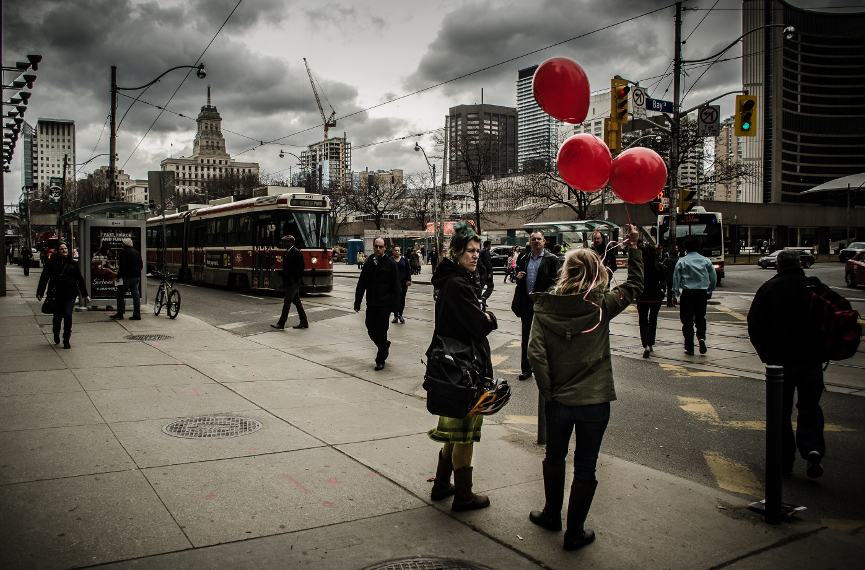Some Known Questions About Street Photographers.
Table of ContentsThe smart Trick of Street Photographers That Nobody is DiscussingOur Street Photographers DiariesStreet Photographers - An Overview6 Simple Techniques For Street PhotographersAll About Street Photographers
, a category of digital photography that documents everyday life in a public place. The very publicness of the setup makes it possible for the digital photographer to take honest images of unfamiliar people, commonly without their knowledge. Street professional photographers do not always have a social function in mind, but they favor to separate and record minutes which might or else go unnoticed.He was affected by numerous of those who influenced the road professional photographers of the 1950s and '60s, he was not chiefly interested in catching the spirit of the road., who functioned side by side with professional photographers trying to capture the significance of urban life.
As a result of the fairly primitive innovation readily available to him and the lengthy direct exposure time called for, he struggled to record the hustle and bustle of the Paris roads. He trying out a collection of photographic approaches, trying to discover one that would enable him to catch movement without a blur, and he found some success with the calotype, patented in 1841 by William Henry Fox Talbot. In contrast to Atget, professional photographer Charles Marville was employed by the city of Paris to develop an encyclopaedic record of Haussmann's city preparation task as it unfolded, hence old and brand-new Paris. While the professional photographers' subject was basically the same, the results were considerably various, demonstrating the influence of the digital photographer's intent on the character of the pictures he produced.
Street Photographers - Questions
Offered the fine quality of his photos and the breadth of material, architects and artists often acquired Atget's prints to utilize as reference for their own job, though industrial interests were barely his primary inspiration. Instead, he was driven to photo every last remnant of the Paris he liked. The mingled enthusiasm and seriousness of his objective luster through, causing photos that tell his own experience of the city, high qualities that expected road digital photography of the 20th century.

Unlike his peers, Brassa made use of a larger-format Voigtlnder electronic camera with a much longer exposure time, forcing him to be more calculated and thoughtful in his practice than he may have been if making use of a Leica. (It is assumed that he may not have been able to pay for a Leica at that time, however he did, however, make use of one in the late 1950s to take colour photos.) Brassa's photos of the Paris abyss lit up by man-made light were a revelation, and the compilation of the collection that he published, (1933 ), was a major success.

Unknown Facts About Street Photographers
It is as a result of this basic understanding of the art of picture taking that he is often credited with finding the medium throughout once again about a century because its invention. He took great site photos for more than a half century and affected generations of photographers to trust their eye and instinct in the minute.
These are the questions I shall attempt to answer: And then I'll leave you with my own meaning of road digital photography. Yes, we do. Let's begin with defining advice what a meaning is: According to it is: "The act of specifying, or of making something guaranteed, distinct, or clear".
No, definitely not. The term is both limiting and misguiding. Seems like a road digital photography need to be images of a streets ideal?! And all street professional photographers, with the exception of a little number of absolute newbies, will fully appreciate that a street is not the key part to road digital photography, and in fact if it's an image of a road with maybe a couple of boring people doing nothing of passion, that's not street photography that's a picture of a street.
Unknown Facts About Street Photographers
He makes a valid point do not you believe? While I concur with him I'm not sure "honest public photography" will certainly capture on (although I do kind of like the term "candid digital photography") due to the fact that "street digital photography" has been around for a long time, with many masters' names connected to it, so I think the term is here to stay. Street Photographers.
You can shoot at the beach, at a festival, in an alley, in a park, in a piazza, in a coffee shop, at a museum or art gallery, in a city terminal, at an event, on a bridge, under a bridge ...
Street Photographers Fundamentals Explained
Yes, I'm afraid we have no choice! Without policies we can not have a definition, and without a definition we don't have a category, and without a genre we don't have anything to define what we do, anonymous and so we are stuck in a "policies interpretation category" loophole! - Street Photographers
